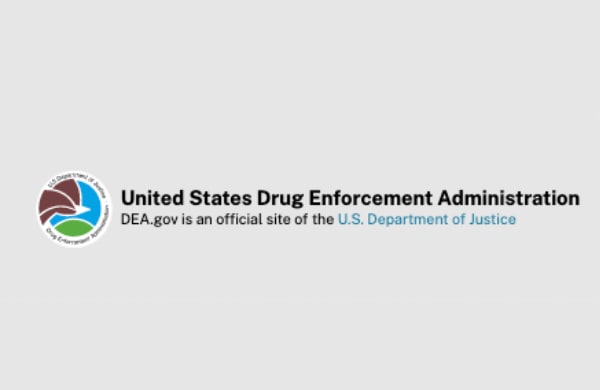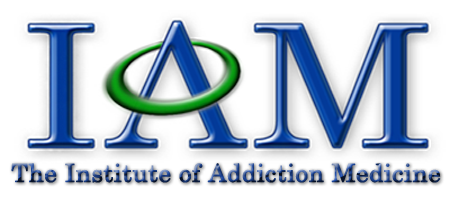Drug Classification
There are several categories of drugs based on their chemical makeup, their effects on users, and their legal implications and misuse potential. In the pharmaceutical industry, drugs are assigned categories based on their chemical activity or the condition they treat. In this industry, drugs are used to heal and manage diseases. In the illegal world, drugs are used for recreation, posing different dangers and side effects.

How Are Drugs Classified: Criteria
When drugs are used illegally, they cause different effects. Illicit drugs are classified based on their effects. These include:
- Depressants
- Opioid
- Stimulants
- Dissociative anesthetics
- Hallucinogens
- Cannabis
- Inhalants
The DEA uses different criteria to place the above drugs into schedules. They consider the drugs’ medical use and the potential for misuse. The misuse rate of a drug determines which schedule they fall under, with the most misused drugs falling in schedule I. Drugs in this category have a high physiological and physical dependence – this happens when the body habitually needs the drug.
Drugs can also be classified based on their chemical composition. This will give classes, such as cannabinoids, opioids, alcohol, barbiturates, and benzodiazepines.
The Five Classes of Drugs
- Schedule I – These drugs have no use medically and have a high misuse rate. They include heroin, ecstasy, and LSD.
- Schedule II – These drugs have almost the same misuse rate as Schedule I drugs. They cause significant dependence physically and physiologically. They include meth, cocaine, and opioids.
- Schedule III – These drugs have a moderate chance of being misused. They include anabolic steroids, ketamine, and testosterone.
- Schedule IV – These drugs have a low rate of misuse and dependence. They include Ativan, Ambien, and Valium.
- Schedule V – Class V drugs are mainly used for medical purposes. They can be analgesics, antitussive, and antidiarrheal drugs.
Commonly Abused Drugs and their Classification
Schedule I and Schedule II drugs are the most commonly abused drugs. They include marijuana, cocaine, opiates, and meth. Alcohol is also highly abused but does not fall under controlled substances.
Legal/Health Ramifications Of Drug Use
Using or distributing drugs may bring you legal trouble. After being convicted of a drug-related crime, you stain your criminal record, and this will show whenever you apply for a job, apply for a loan, register as a voter, or even attempt to buy a home. Depending on where you live, you could pay heavy fines for using, dealing, or intending to deal in drugs.
Even worse, the effects of addiction to drugs are far-reaching. They can lead to stroke, lung disease, Hepatitis B and C, mental disorders, cancer, and heart disease.
Treatment for Drug Addiction
Substance use disorder is a common condition. The condition requires a thorough assessment by a psychiatrist and treatment. Treatment involves withdrawal therapy, therapy sessions for individuals and groups, behavior therapy, and self-help groups. Medication assisted treatment is a vital part of a drug addiction treatment program. Call us today if you need more information on addiction treatment and finding your life again.
You are more than your addiction.
Allow our evidence-based addiction recovery program
to fully support you so you can live fully.
